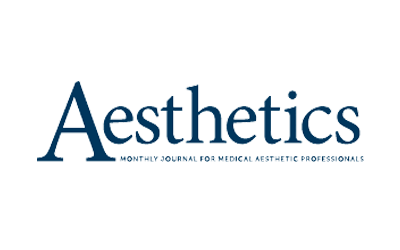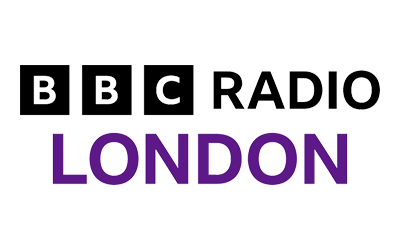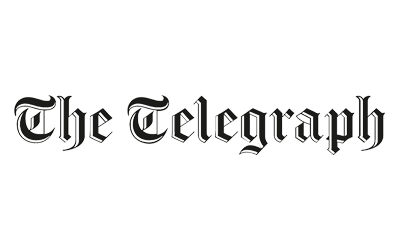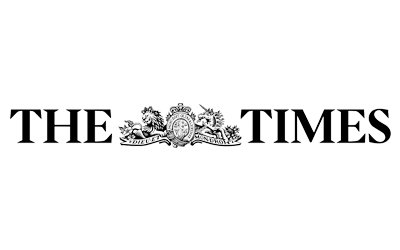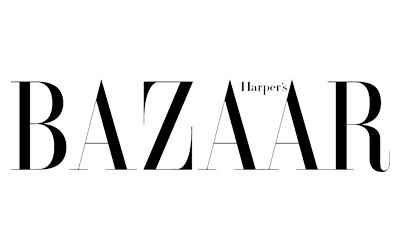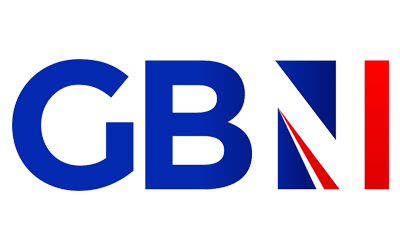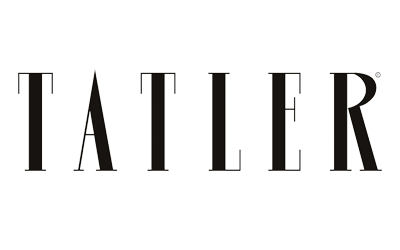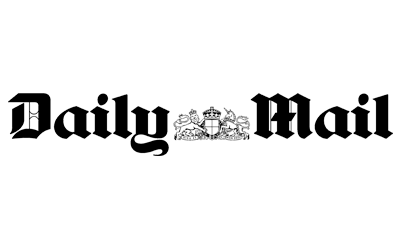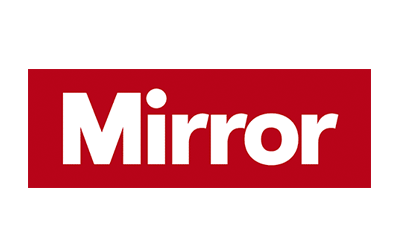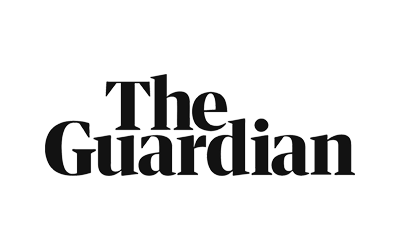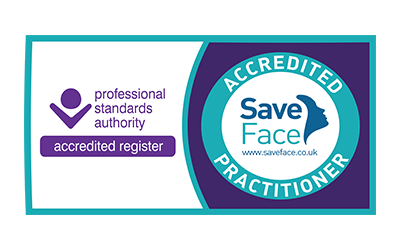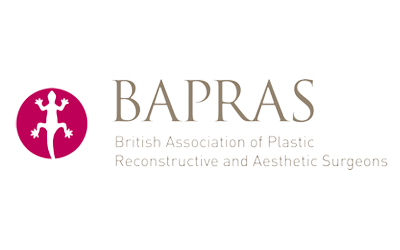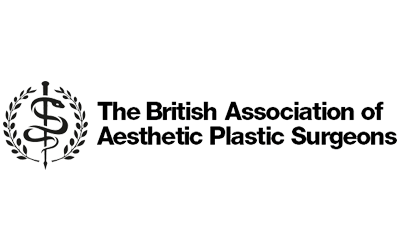Brachioplasty, also known as an arm lift, is a surgical procedure that reduces and reshapes the upper arms while removing excess skin. Here are some of our most frequently asked questions we get asked at our arm lift consultations. If you’d like any more information, call 02037 335839 to speak to one of the team or arrange a consultation.
Quick Links
FAQs for Arm Lift Surgery (Brachioplasty)
An arm lift or brachioplasty is a plastic surgery procedure to reduce sagging, loose skin as well as any excess fatty tissue of the upper arm. It is performed primarily to reduce the circumference of the upper arm and to tighten the skin thereby dramatically improving the contour and appearance of the arms.
The best candidates are men and women who are within several pounds (i.e. 10%) of their ideal weight. If you are significantly more than this you will be asked to reduce some weight before going ahead with any surgery. Ideal candidates also possess loose enough skin and tissue laxity to allow a good outcome of the operation. This will be assessed at your consultation.
People with Hidradenitis Suppurativa, a persistent ongoing infection disorder of the sweat glands in their armpits, should not undergo Brachiaplasty until treated appropriately. Women who have had Radical Mastectomy or extensive breast cancer surgery are also at risk of developing chronic arm swelling after undergoing this particular procedure and therefore should avoid this operation.
Incisions are made on the inside of the arm and may extend from the underarm (axilla) to just above the elbow. During the brachiaplasty, excess skin and fat is removed whilst taking care to cauterise and stop any bleeding of the blood vessels. The incision length and pattern will depend on the amount and location of excess skin that is to be removed.
Occasionally Liposuction is also used at the same time to reduce surrounding fat. Layers of sutures are then used to close the wounds and a light dressing is applied over the suture lines. A bandage is wrapped around your arms in order to apply some compression and minimise swelling. All sutures used are of the dissolving kind and will not need to be removed.
When you return to your room you will notice that your arms will be elevated on pillows as well as be wrapped up with compression bandages around them. You will be encouraged to move your hands and fingers to avoid any stiffness.
After the general anaesthetic has worn off, you may experience some pain and discomfort. Thankfully a brachiaplasty is not considered a particularly painful procedure and so appropriate pain killers should control this comfortably.
In fact scars are the greatest drawback in this operation. This is because in a standard brachiaplasty the operation results in a permanent scar extending the length of the upper arm, from the armpit to the elbow which may be visible in short sleeve clothing. Unfortunately it is not usually possible to reduce the scar length in this procedure.
In fact this is the main reason why many patients decide against having this procedure. This operation basically exchanges one cosmetic problem (loose skin) for another (scars). In general, only those with very loose saggy skin are most likely to find this exchange worthwhile. Those with a small amount of looseness will probably not want the scars.
Although initially all scars are somewhat red and lumpy, with time(12-18 months) the scars usually settle and improve. Of course it is not possible to ultimately predict the appearance of anyone’s scars.
The aim of this procedure is to remove any excess skin and fat around the arms in order to achieve a smoother, tauter looking appearance.
Whilst it is true that when a Brachiaplasty is performed by a qualified plastic surgeon the risks are small, nonetheless, specific complications with this procedure can and do occur. As in any procedure the risk of infection, bleeding and wound healing problems could arise. Thankfully these are minimised with appropriate care.
At the time of surgery the small nerves that supply feeling to the skin on the inside of the arms are also damaged. This may cause changes in sensation including numbness in the surrounding areas. Unsightly or thickened scarring can also occur. You will be instructed on what measures can be taken to minimise these.
In situations when there is only slight sagging of the skin, moderate fat excess and good, relatively taut skin tone then there are a couple of other options. Liposuction is useful in these situations by removing the bulk of the excess fat in the region through tiny incisions however this is with the proviso that the skin has good skin elasticity.
In this situation, providing there is good skin tone, the skin usually knits back into a new slimmer contour with the arm. Another option is a non surgical treatment using the Accent Radiofrequency device. This device is good at achieving some skin tightening and “melting” small amounts of fat. It certainly has been proven to work.
However at least six sessions are usually required and the degree of skin tightening / fat reduction is usually quite modest. Sometimes both Liposuction followed by the Accent device is utilized to achieve a slimmer tauter contour of the arms, whilst avoiding the long scars associated with the Arm lift. A consultation will determine your suitability for either.
You will have some pain and discomfort after this surgery. However it is not considered a particularly painful procedure. The pain usually only lasts for a few days and of course you will be given appropriate pain killers to control this. One per cent of all operations lead to major complications.
Weigh up the pros and cons, it is for you to decide. This is a surgical procedure and as such potentially serious complications such as a blood clot or embolus or an unexpected response to drugs or anesthetics can occur.
Beside the complications that can develop after any surgery, there are problems that are special for your surgery. These include: the scar is long and may be slow to heal, it is not unusual to have scabbing along the scar for several weeks, and fluid(either blood or serum) can collect under the skin flap.
Most patients will need 10-14 days off work. For more strenuous duties using the arms a period of 3 weeks off is recommended. After this point patients feel they can gradually start to resume their normal activities with a view to be able to exercise fully after 6 weeks following their surgery. Of course some degree of swelling and stiffness may still be present for a few months afterwards before it fully subsides.
A surgeon’s fee, anaesthetist’s fee and hospital fees will be required. You will be given a breakdown of these costs on the day of your consultation.
In accordance with the National Healthcare Commission guidelines, and according to the last ten years of annual audit figures submitted to the Hospital of St. John and St. Elizabeth in London, Mr. Karidis has performed over 100 Brachiaplasty procedures.
No it is not advisable. After any surgery you will be under the influence of medications and so it is dangerous to drive home. If you do not have anyone to drive you home we would be happy to call a taxi.
It is always useful to allow yourself plenty of time to recover and organise sufficient time off work. 14 days off should give you sufficient time to allow any obvious swelling to subside. Ensure any blood tests or other tests that are required are undertaken well in advance to avoid any potential delays.
We look forward to seeing you at the clinic around 7 and 14 days after your surgery in order to review your result and check all is healing well. This is usually extremely exciting as it will be the first peek at your new arms! Providing all is well, you will see Mr. Karidis at around 6 weeks post operation for a routine check-up. Further appointments can of course be made if necessary.
After your operation you may feel a little drowsy from the anaesthetic and other medications. Therefore we strongly suggest that, if possible, you nominate a friend or family member to collect you. Alternatively, we can assist you in booking a taxi whilst you are in hospital.
Please ensure you notify medical staff of any heavy bleeding, pain, excessive swelling, pockets of fluid or a persistent high temperature (above 37.5 degrees for 12 hours or more). Most often there is nothing to be concerned about, however, it is always best to check!
Pulse dye laser (V-Beam) can improve and expedite the resolution of redness within the scars.
No. In situations when there is slight sagging of the skin, moderate fat excess and good, relatively taut skin tone then there are a couple of other options. Liposuction certainly is useful in these situations by removing the bulk of the excess fat in the region through tiny incisions. However if the skin is loose, then liposuction on its own will not tighten skin.
In liposuction we rely on the patients good skin tone for the skin to snap back into position. With liposuction, in the presence of good skin tone, the skin usually knits back into a new slimmer contour with the arm. Another option is a non surgical treatment using the Accent Radiofrequency device. This device is good at achieving skin tightening and “melting” small amounts of fat.
It certainly has been proven to work. However at least six sessions are usually required and the degree of skin tightening is usually modest. Sometimes both Liposuction followed by the Accent device is utilized to achieve a slimmer tauter contour of the arms, whilst avoiding the long scars associated with the Arm lift. A consultation will determine your suitability for either.
The type of brachioplasty performed depends upon the amount and location of your excess skin. If excess hanging skin is located and limited to within a couple of inches from the armpit, then this excess skin can potentially be pulled up and tucked into the armpit with an axillary brachioplasty or mini arm tuck.
For those however whose excess skin extends like a “Bat Wing” from the armpit to the elbow, the only option is the complete removal of the excess arm fat and skin in a standard brachioplasty or standard arm lift.
This operation is usually performed under a general anesthetic, which means you are asleep. The operation usually takes about 90 minutes to perform.
If the operation is performed in the morning then most patients are able to go home later in the afternoon and therefore have this done as a day procedure. Alternatively if you prefer you could stay in overnight at the Hospital.
The following day after surgery, you will be instructed to remove your bandages and slip into your surgical support garment which will be both more comfort and aid in the proper healing. This should be worn for the first 3-4 weeks following surgery. It is advisable to take at least a week off from work and you can return to exercise in about 2 -3 weeks.
Armlifts provides an excellent solution to individuals who are troubled by excess skin and fat around their arms that despite best efforts with diet and exercise simply cannot improve. Providing you accept a potentially lengthy scar, the results can be fantastic. The procedure will give confidence to the individual and allow them to feel more comfortable with their arms. The effects are generally long lasting providing you follow a balanced diet and exercise regularly.


